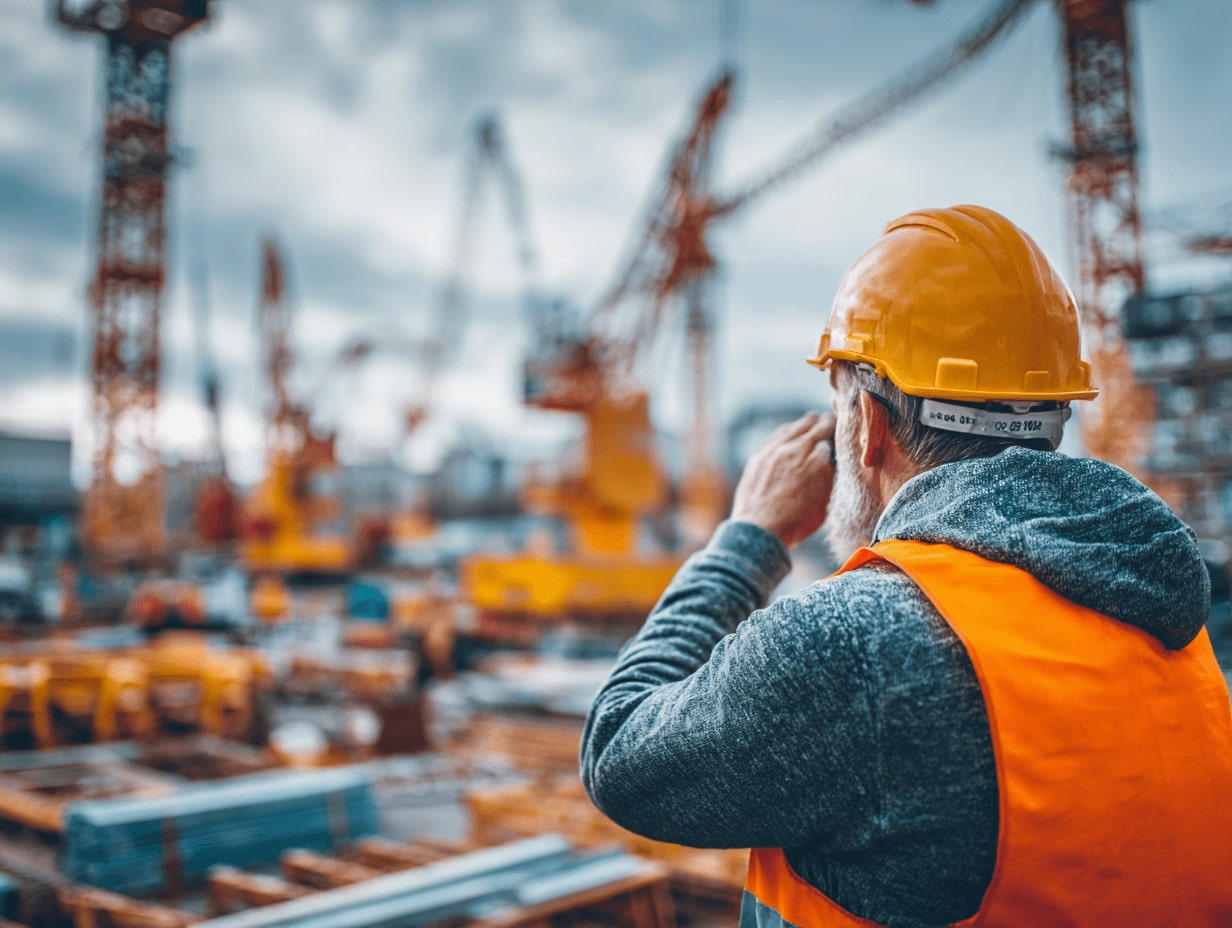- Home
- Articles
- Architectural Portfolio
- Architectral Presentation
- Inspirational Stories
- Architecture News
- Visualization
- BIM Industry
- Facade Design
- Parametric Design
- Career
- Landscape Architecture
- Construction
- Artificial Intelligence
- Sketching
- Design Softwares
- Diagrams
- Writing
- Architectural Tips
- Sustainability
- Courses
- Concept
- Technology
- History & Heritage
- Future of Architecture
- Guides & How-To
- Art & Culture
- Projects
- Interior Design
- Competitions
- Jobs
- Store
- Tools
- More
- Home
- Articles
- Architectural Portfolio
- Architectral Presentation
- Inspirational Stories
- Architecture News
- Visualization
- BIM Industry
- Facade Design
- Parametric Design
- Career
- Landscape Architecture
- Construction
- Artificial Intelligence
- Sketching
- Design Softwares
- Diagrams
- Writing
- Architectural Tips
- Sustainability
- Courses
- Concept
- Technology
- History & Heritage
- Future of Architecture
- Guides & How-To
- Art & Culture
- Projects
- Interior Design
- Competitions
- Jobs
- Store
- Tools
- More
Renovation & Construction Projects: Legal Caveats You Need to Know

Embarking on the thrilling journey of a renovation or construction project is akin to setting sail on an uncharted sea. The allure of turning architectural dreams into tangible structures often overshadows the intricate legal aspects that underpin such ambitious undertakings. This comprehensive guide aims to meticulously illuminate the nuanced legal caveats, ensuring that your construction or renovation venture not only sails smoothly but also weathers the legal storms with ease.
Table of Contents
ToggleZoning Regulations: Building Within Boundaries
Zoning regulations, the initial gatekeepers in the realm of construction projects, weave a complex tapestry dictating land use and structural possibilities. These laws, like regional fingerprints, vary widely, necessitating thorough research or consultation with zoning experts. Complying with these regulations isn’t merely a bureaucratic hurdle; it’s a strategic move to avoid potential setbacks. Variances or special use permits may be required, demanding a meticulous approach to navigate through the intricate legal landscape unscathed.
Understanding zoning regulations extends beyond the perusal of documents; it involves deciphering the intent behind the regulations and how they align with your project vision. Local municipalities often undergo zoning changes, and staying abreast of these modifications ensures that your project remains in harmony with evolving legal landscapes. Engaging with community stakeholders and attending public hearings fosters a proactive relationship, shedding light on potential challenges and garnering support for your project within the legal framework.
Building Permits: The Essential Paper Trail
Securing the necessary building permits isn’t a mere formality; it’s akin to creating a vital paper trail that legitimizes your construction endeavor. These permits, the golden tickets in the construction world, attest that your project adheres to safety codes and regulations. Overlooking or neglecting this crucial step isn’t just a pitfall; it’s a potential minefield. Engaging with local building authorities from the project’s inception is not just advisable; it’s a strategic maneuver to ensure your project sails smoothly through the permitting process, creating a legal stronghold.
The process of obtaining building permits involves more than submitting paperwork; it requires building relationships with local authorities. Scheduling pre-application meetings with building officials allows for early feedback and insights into potential challenges, streamlining the permitting process. In the bustling construction scene of Orlando, partnering with skilled expeditors can significantly streamline the permit acquisition process. Experienced expeditors working in Orlando possess an in-depth understanding of the intricate local laws and can navigate through the bureaucratic maze with ease. Plus, their expertise in comprehending complex code requirements and expediting timelines can save time and money for your project.

Contractual Agreements: The Backbone of Construction Projects
In the intricate dance of construction, contractual agreements emerge as the unwavering backbone, setting the tone for collaborative endeavors. From architects to contractors, the clarity and comprehensiveness of contracts act as a legal shield against potential disputes. Crafting these documents isn’t merely a paperwork ritual; it’s a strategic move that involves transparency, clear expectations, and robust mechanisms for dispute resolution. Enlisting the expertise of legal professionals during contract development is akin to reinforcing the legal foundation of your project.
Delving into the intricacies of contractual agreements involves a proactive approach to risk management. Anticipating potential points of contention and clearly defining responsibilities and liabilities within the contract minimizes the likelihood of legal disputes. Beyond standard contractual templates, tailoring agreements to the specific needs of your project demonstrates a commitment to legal diligence. Regular legal reviews throughout the project’s lifecycle ensure that contracts adapt to the evolving nature of the construction venture, offering a robust shield against unforeseen legal complexities.
Environmental Regulations: Green Building Compliance
As global consciousness tilts towards sustainability, construction projects find themselves under the ethical and legal spotlight of environmental regulations. Adhering to green building standards, waste disposal guidelines, and conducting environmental impact assessments are not merely legal checkboxes; they are ethical imperatives. An in-depth understanding of these regulations isn’t just advisable; it’s often legally mandated, ensuring that your construction venture treads lightly on the planet and navigates through legal landscapes with a green compass.
Navigating environmental regulations involves more than superficial compliance; it necessitates an ingrained commitment to sustainable practices. Integrating environmental considerations into the project design phase ensures that legal compliance aligns seamlessly with the overall project vision. Collaboration with environmental experts and active participation in green building certification programs not only strengthens your legal position but also positions your project as a beacon of sustainability within the community. Beyond regulatory requirements, embracing environmental stewardship becomes a cornerstone of your project’s legacy.
Labor Laws: Fair Practices, Safe Sites
Skilled labor is the lifeblood of construction projects, but navigating labor laws is the ethical and legal responsibility that accompanies this workforce. Ensuring fair wages, proper working conditions, and compliance with occupational safety regulations aren’t mere suggestions; they’re legal mandates. Implementing robust safety protocols, providing ongoing training, and staying attuned to labor law changes aren’t luxuries; they’re essential components of maintaining a legally sound and ethically responsible construction site, creating a harmonious blend of productivity and worker well-being.
Construction company owners often learn from Lawrence, Beirne & Lewis medical injury lawyers how proper documentation and proactive compliance can reduce exposure to costly disputes and claims. This insight helps them recognize potential risks early and reinforces the importance of aligning workplace practices with both legal standards and employee safety expectations.
Understanding labor laws extends beyond meeting minimum requirements; it involves fostering a culture of respect and well-being within the construction site. Regular communication channels that allow workers to voice concerns without fear of reprisal create an open and transparent atmosphere. Beyond legal compliance, investing in employee well-being, such as health and safety programs, not only safeguards against legal liabilities but also establishes your project as an advocate for fair labor practices within the industry.
Architects have to be able to effectively communicate with clients, lawyers, builders, and surveyors, and understanding personal injury lawyer cost is crucial for navigating legal aspects related to construction projects and ensuring comprehensive project management.
Liability Insurance: Shielding Against the Unforeseen
In the unpredictable realm of construction, where uncertainties loom large, liability insurance emerges as a pivotal legal safeguard. Accidents, damages, or unforeseen circumstances are inherent risks, and adequate coverage serves as a protective cloak for your investment. Beyond being a financial buffer, it ensures compliance with legal requirements, offering not just peace of mind but a legal fortress against the unpredictabilities that may unfold during the project’s lifespan.
Choosing the right liability insurance involves a nuanced understanding of potential risks specific to your project. Collaborating with insurance professionals to tailor coverage to the unique aspects of your construction venture ensures that legal protection is comprehensive and proactive. Beyond the legal necessity, communicating the presence of liability insurance to project stakeholders, including subcontractors and investors, fosters transparency and builds trust. Regular reviews of insurance coverage throughout the project’s lifecycle guarantee that it adapts to the evolving nature of construction risks, providing a continuous shield against the unforeseen.
Change Orders: Navigating Adjustments Smoothly
Construction projects are dynamic, evolving entities, often demanding adjustments along the way. Understanding the legal implications of change orders is paramount for navigating the ebb and flow of construction smoothly. Proper documentation, clear communication, and agreement on cost and timeline adjustments are vital components that not only prevent disputes but also serve as a legal roadmap for adapting to the evolving nature of the project. Failing to manage change orders effectively isn’t just a risk; it’s a potential legal minefield leading to project delays, escalated costs, and contentious legal battles.
Embracing change orders as a natural aspect of construction requires a proactive approach to legal diligence. Creating a standardized process for documenting and approving change orders establishes clarity and minimizes the potential for legal disputes. Regular communication with all stakeholders ensures that changes are well-understood and agreed upon, preventing misunderstandings that may lead to legal complications. Beyond documentation, fostering a collaborative atmosphere that views change orders as opportunities for project improvement rather than disruptions contributes to the overall legal and operational success of the construction endeavor.
Inspections and Compliance: Adhering to Standards
Regular inspections serve as the vigilant guardians of both project quality and legal compliance. Ensuring that construction aligns with approved plans and meets safety standards isn’t merely a regulatory requirement; it’s a commitment to excellence. Failure to pass inspections isn’t just a hiccup; it can result in work stoppages and regulatory fines. Prioritizing compliance throughout the project’s lifecycle isn’t just a legal formality; it’s a proactive stance that contributes not only to legal soundness but also to the overall success and longevity of the construction endeavor.
Viewing inspections as collaborative checkpoints rather than hurdles fosters a positive relationship with regulatory authorities. Engaging with inspectors early in the project establishes a rapport, allowing for mutual understanding of project goals and compliance expectations. Beyond meeting minimum standards, exceeding regulatory requirements becomes a testament to the project’s commitment to excellence. Regular self-assessments and proactive identification of potential compliance issues create an atmosphere of continuous improvement, ensuring that the project not only meets but surpasses legal standards, contributing to its long-term success and positive standing within the community.

In the labyrinth of construction complexities, the legal foundation of a project stands as tall as the structures it seeks to erect. As you embark on your construction or renovation journey, remember that understanding and navigating these legal caveats are pivotal for a successful outcome. Prioritizing legal considerations is not merely a safeguard for your investment but also a testament to your commitment to the integrity and sustainability of your construction project. In the intricate tapestry of construction, a solid legal foundation is as essential as the bricks and mortar that shape the physical manifestation of your vision.
illustrarch is your daily dose of architecture. Leading community designed for all lovers of illustration and #drawing.
Submit your architectural projects
Follow these steps for submission your project. Submission FormLatest Posts
Key Features to Look for When Investing in Construction AI Cameras
Continuous monitoring is crucial on construction sites for effective accident prevention. Artificial...
Why Legal Support Is Critical After a Serious Construction Accident
If you are dealing with a construction accident or have ever watched...
7 Common Myths Every Contractor Should Stop Believing
The construction landscape is a complicated place at the best of times,...
Automation in Construction: Why Human Safety Still Matters
Automation in construction can cut injuries, but new risks emerge. Learn practical...












Leave a comment